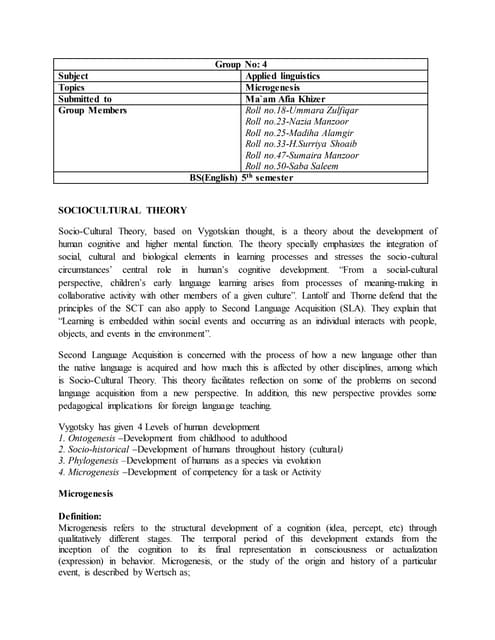

This dedicated hardware is sufficiently powerful to encode in real-time without the quality trade-offs made by x264. Hardware codecs like those created by Intel and NVIDIA are also codec implementations of the H.264 standard, but they use dedicated hardware in the CPU (Intel) or GPU (NVIDIA) to drive encoding. Quality and encoding time by x264 preset. The key takeaway is that there are meaningful quality differences associated with using lower quality presets, but also significant encoding time efficiencies. The numbers shown are the percentages of each measure so, the veryfast preset delivers 95.6% of overall quality and 81.4% of low-frame quality in 6.86% of the encoding time of the placebo preset. In OBS, the default preset for the x264 codec is veryfast, which allows real-time encoding with some sacrifice in quality.įigure 2 shows how x264 presets vary in terms of encoding time, overall quality, and low-frame quality, the last simply the lowest VMAF score for any frame in the video, a predictor of transient quality. x264 presets in OBS.Īs you probably can guess, presets like ultrafast and superfast use very little CPU, which enables real-time encoding, but the quality is much less than presets like medium (the default) and veryslow, which is what most on-demand producers use to encode for distribution. These presets are shown in Figure 1, which is a screenshot from OBS. The developers of x264 use a system of presets to allow users to balance CPU usage and quality. H.264 is a video standard, and x264 is an implementation of that standard available in FFmpeg, OBS, Wirecast, vMix, and most other live switchers. Still, developers often had to limit the output quality from the codec to enable real-time operation.

As computers became more powerful, they became more capable of live encoding. Encoding a live stream into H.264 format is a challenging operation, one originally performed in dedicated hardware.


 0 kommentar(er)
0 kommentar(er)
